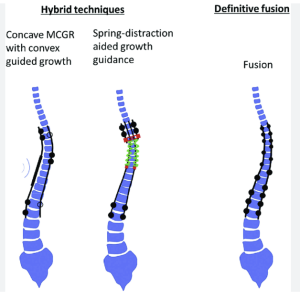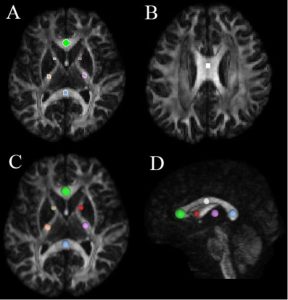In a registry-based comparative cohort study (early onset scoliosis patients after implant removal) Matan S Malka et al. from the Morgan Stanley Children’s Hospital (Columbia Univ, New York). Arkansas Children’s Hospital; Shriners Philadelphia; Seattle Children’s Hosp. published in Spine Deformity Journal, to evaluate if re-implanting growth-friendly constructs within 12 months after implant removal (ROI) stabilizes deformity compared to observation-only. Early re-implantation (< 12 mo post-ROI) significantly reduces 2‑year coronal Cobb progression compared to no replacement 1).
Critical Review
– Strengths:
Multicenter registry with well-defined exposure groups.
Radiographic outcomes measured at a meaningful 2‑year follow-up.
Statistically robust with p-values: Cobb 81° vs 53° (p=0.003); progression ≥5°: 64% vs 30% (p=0.04)
– Limitations:

